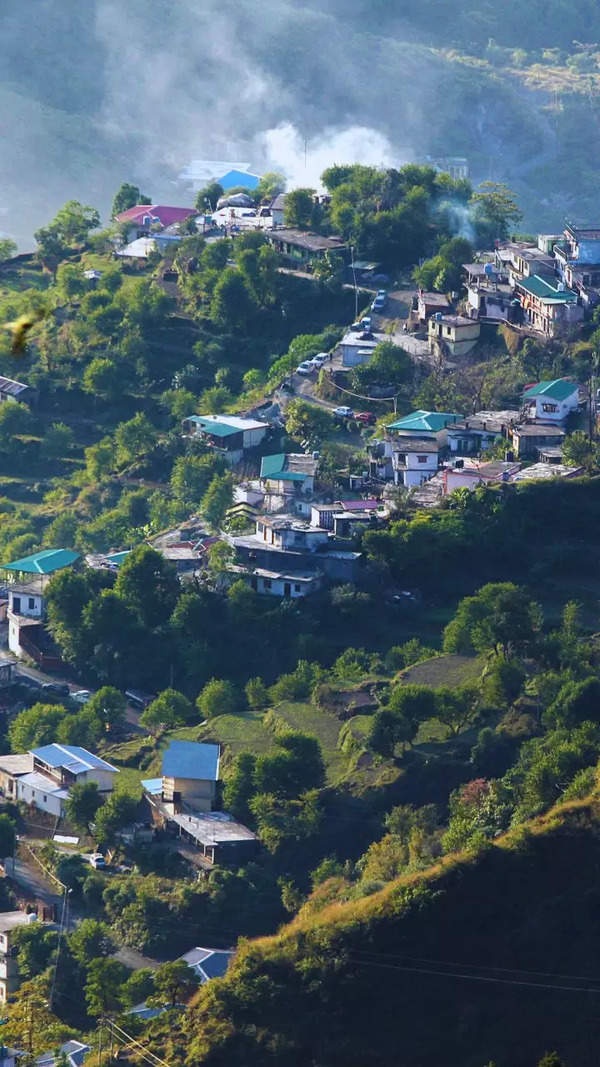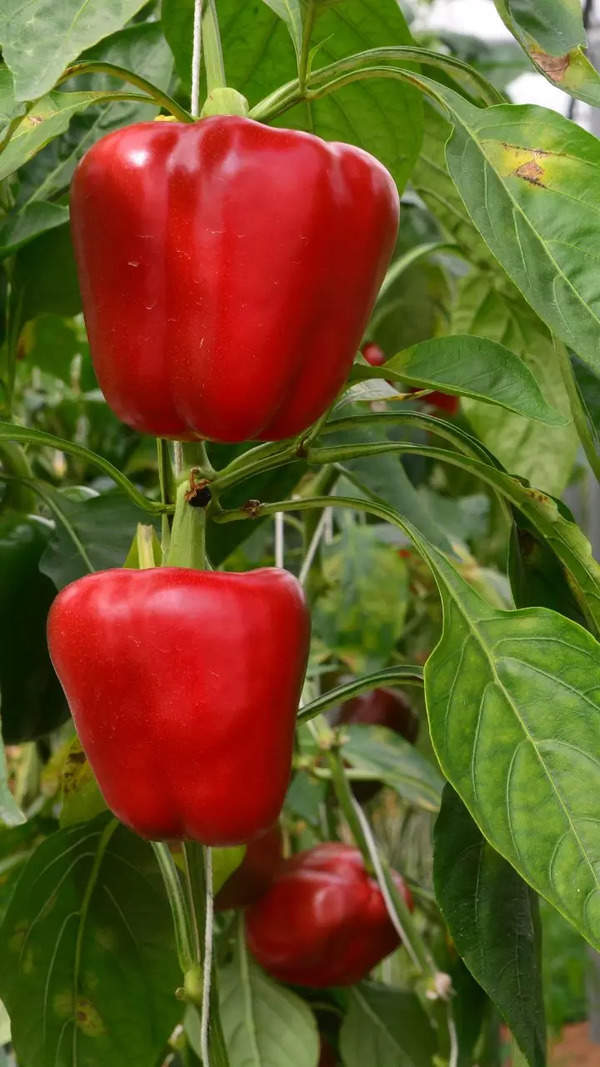- News
- City News
- ahmedabad News
- ‘Black carbon particles are trapping heat, polluting air’
Trending
‘Black carbon particles are trapping heat, polluting air’
Ahmedabad: We often hear about global warming, but sometimes it's the local climate patterns that hit closest to home. New research has shed light on a phenomenon seen in Ahmedabad: black carbon particles from burning fossil fuels, power plants and industries, accumulating on the city's lower atmospheric layers, are creating a temperature inversion. This traps cool air near the ground while warming the upper atmosphere.
Experts say it's like a lid on a pot. It leads to higher concentrations of harmful particles near the ground level, where we breathe. In other words, black carbon is also making the city air dirtier.
"Black carbon particles come from burning fossil fuels and also from biomass burning, like agricultural fires and wood used for cooking and heating," the study states.
Aerosols containing these black carbon particles are different from other aerosols because they are dark and absorb sunlight, which warms the atmosphere. Researchers Akshay Chauhan, Namrata Jariwala and Robin Christian of S V National Institute of Technology, Surat, studied data from the Ozone Monitoring Instrument (OMI) and NASA's modern-era retrospective analysis for research and applications (MERRA-2), Version 2, between 2018 and 2022 to understand this trend for three cities — Ahmedabad, Pune, and Jaipur.
The researchers measured aerosol optical thickness (AOT), which tells you how much light is blocked from passing through the atmosphere by the airborne particles, essentially indicating the level of pollutants.
"In Ahmedabad, the black carbon particle concentration ranged between 0.87 microgram/cubic metre (µg/m³) and 1.05 µg/m³, while the AOT values ranged between 0.75 and 0.83 between 2018 and 2022," the research states. "Ahmedabad showed the highest variability in AOT values compared to Jaipur and Pune."
"Black carbon can have serious implications for air quality. The trapped cooler air near the surface can also trap pollutants, leading to higher concentrations of harmful particles near ground level, where we breathe. In other words, black carbon isn't just changing the temperature; it's also making our air dirtier, which can cause respiratory issues, especially for children and the elderly.
The maximum values of AOT were 5.41 in 2018 for Ahmedabad, 4.91 in 2019 for Jaipur and 3.71 in 2020 for Pune.
The study also found that AOT was generally highest in Ahmedabad during the monsoon season. "This is because, though the rain washes away pollutants, it also creates cloud droplets that can scatter and absorb sunlight, which increases the AOT," states the study. In fact, Jaipur had the highest black carbon concentration values, ranging from a minimum of 10.45 µg/m³ to a maximum of 38.90 µg/m³.
End of Article
FOLLOW US ON SOCIAL MEDIA
Visual Stories
Hot Picks
TOP TRENDING
Explore Every Corner
Across The Globe
Royal Rumble 2025 ControversyNBA Trade RumorParliament Budget SessionBudget Tax Rules for NRILamelo Ball
Delhi ElectionFox Reporter Erin AndrewRoyal Rumble 2025 Winners ListNew Tax Regime vs Old Tax RegimeCanada Bans US Firms











